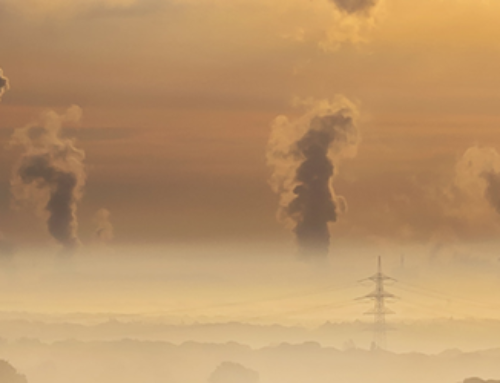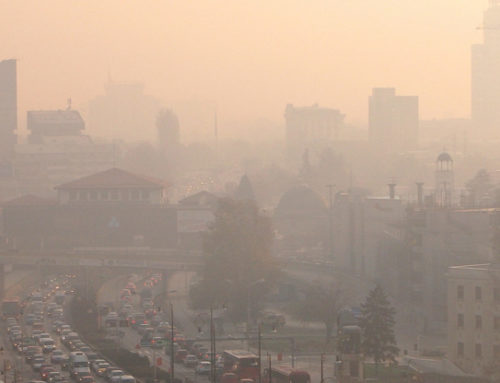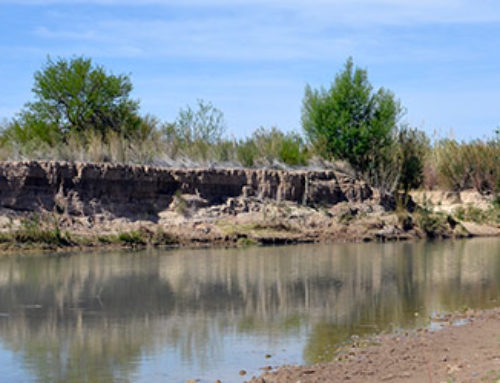Air pollution control equipment is used to regulate or negate various system emissions. It can be found in a wide range of manufacturing, processing, research and production facilities.
Various Sources of Air Pollution
Some of the anthropogenic sources of this type of pollution are:
- Power plants that are combustion fired
- Controlled practices of burning carried out in forestry and agricultural management
- Emissions generated by motorized vehicles, marine vessels like cruise and container ships, and airplanes
- Incinerators, furnaces, stoves, fireplaces, and burning wood
- All types of industrial activities, power plants, and oil refineries
- Burning of crop waste in farming and excessive use of chemicals
- Fumes from aerosol sprays, varnish, hair spray, paint, and other solvents
- Waste deposits in landfills, which produce methane
Some of the natural sources are:
- Dust blowing in large areas that have very little vegetation
- Methane given off by cattle due to digestion of food
- Radioactive gaseous elements like radon, formed by radioactive decay that occurs in the Earth’s crust
- Carbon monoxide and smoke from wildfires
- Volcanic eruptions, which produce ash particles, chlorine, and sulfur
Efforts to Reduce Air Pollution
These days, there are many available technologies that can be used to control air pollution, which go hand-in-hand with strategies in urban planning that are designed for the same purpose.
In some cases, air cleaning and purifying systems are used to provide a healthy and contaminant-free work environment, while in others they are in place to prevent the escape of harmful chemicals, vapors or dust into the air.
Scrubbers, dust collectors, thermal oxidisers, cyclones, blowers, mist collectors, catalytic converters and electrostatic precipitators.
The scrubber is perhaps one of the most well-known devices. Its function is to remove or neutralize harmful substance in an exhaust stream before they leave a given system. Typically, a scrubber infuses a new chemical or mixture into the problematic fumes. In the case of a wet scrubber, vaporized water is infused into the polluted substance and, once the resulting mixture condensed, the pollutants remain in the water while the rest of the gas escapes. Other scrubbers involve powdered lime and other materials, which react with acid and other harmful chemicals in the fumes, converting them into workable, pollution-free components. By contrast, an electrostatic precipitator uses a high-voltage electric charge combined with attractive plates to collect harmful materials.
Most car drivers should be familiar with catalytic converters. These devices are installed in automobile exhaust systems, and are now a standard feature in all North American commercial vehicles. They reduce engine emissions by oxidizing carbon monoxide and dangerous hydrocarbons to carbon dioxide and water, two normal components of the environment. They also convert nitrogen oxide to its component parts (nitrogen and oxygen). Catalytic converters use a platinum or platinum/rhodium catalysts to remove and reduce emissions. In addition to their use in automobiles, they serve as air pollution control equipment for numerous industries. Industrial units are much larger, and can handle a far greater volume of emissions.
Cyclones, a fairly widespread type of control equipment, spin polluted vapors at high-speeds. Gravity forces the heavier materials (the pollutants and dust) to the edge of the spinning vapors, where it is collected. The lighter, pollutant-free fumes are then released. These systems, along with a tremendous variety of other specialized or unique pollution control devices are in place at factories and production facilities around the world.





